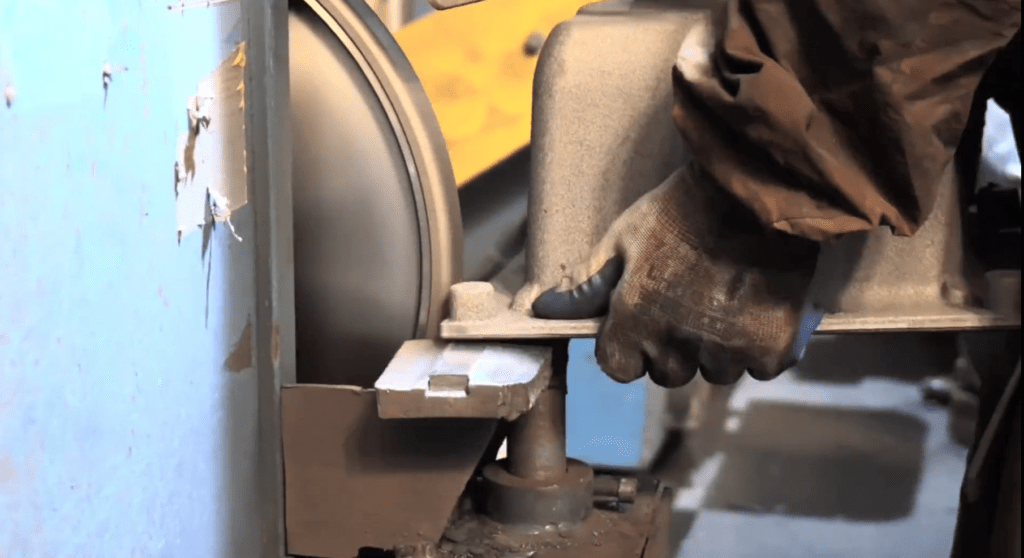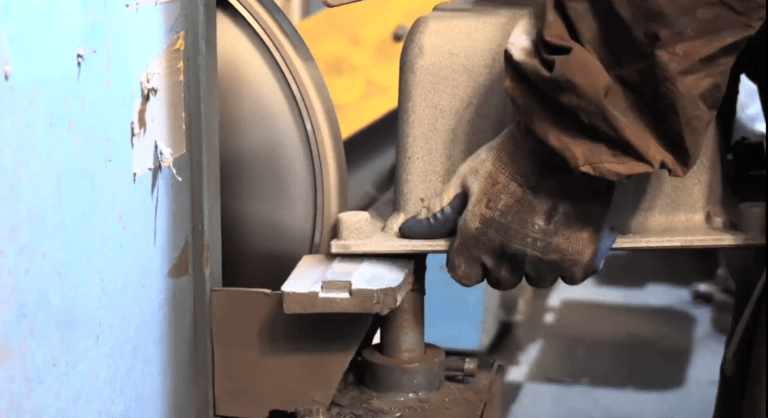Grinding cast iron involves the use of abrasive tools to remove excess material, smooth surfaces, or shape the cast iron to meet specific requirements. Here is a general guide on how to grind cast iron:
-
Safety Precautions:
Always wear appropriate personal protective equipment, including safety glasses, ear protection, a dust mask, and gloves.
Ensure that the grinding area is well-ventilated to minimize exposure to dust and fumes. If you use a diamond grinding tool, it will be more environment friendly.
-
Selecting the Right Abrasive Tool:
Choose the appropriate abrasive tool for the task. Common choices include grinding wheels, grinding discs, or abrasive belts. The diamond grinding wheels are more and more a premium choice on cast iron grinding.
Ensure the abrasive tool is suitable for use on cast iron and is compatible with your grinder.
-
Setting Up the Grinding Equipment:
Securely mount the cast iron workpiece in the grinding machine or on a workbench using clamps or other suitable fixtures.
Check that the grinder is in good condition, with the abrasive tool securely attached and properly aligned.
-
Adjusting Speed and Feed Rate:
Set the grinder to an appropriate speed for grinding cast iron. Consult the manufacturer’s recommendations for both the grinder and the abrasive tool.
Adjust the feed rate based on the material removal required and the specifications of the abrasive tool.
-
Grinding Techniques:
Begin grinding with light passes to remove material gradually. This helps prevent overheating and reduces the risk of damaging the workpiece.
Keep the grinder moving to avoid creating deep grooves or uneven surfaces. Continuous movement helps maintain a more consistent finish.
Use a steady hand and maintain a consistent pressure on the grinder to achieve uniform results.
-
Coolant and Lubrication:
Consider using a coolant or lubricant to cool the workpiece and abrasive tool during the grinding process. This helps prevent overheating and prolongs the life of the abrasive tool.
If water-based coolants are used, ensure that the cast iron workpiece is thoroughly dried after grinding to prevent rusting.
-
Inspection and Finishing:
Regularly inspect the workpiece to check for the desired dimensions, surface finish, and any defects.
If a smoother finish is required, follow up with a finer abrasive tool or sandpaper to achieve the desired surface texture.
-
Cleaning and Safety:
After grinding is complete, thoroughly clean the cast iron workpiece to remove any grinding residue or debris.
Adhere to proper disposal procedures for grinding waste and residue.
It’s important to note that the specific grinding process may vary depending on the type of cast iron, the intended application, and the desired finish. Always refer to the manufacturer’s guidelines for both the grinding equipment and abrasive tools, and consider consulting with experienced professionals if you are unfamiliar with the process.




